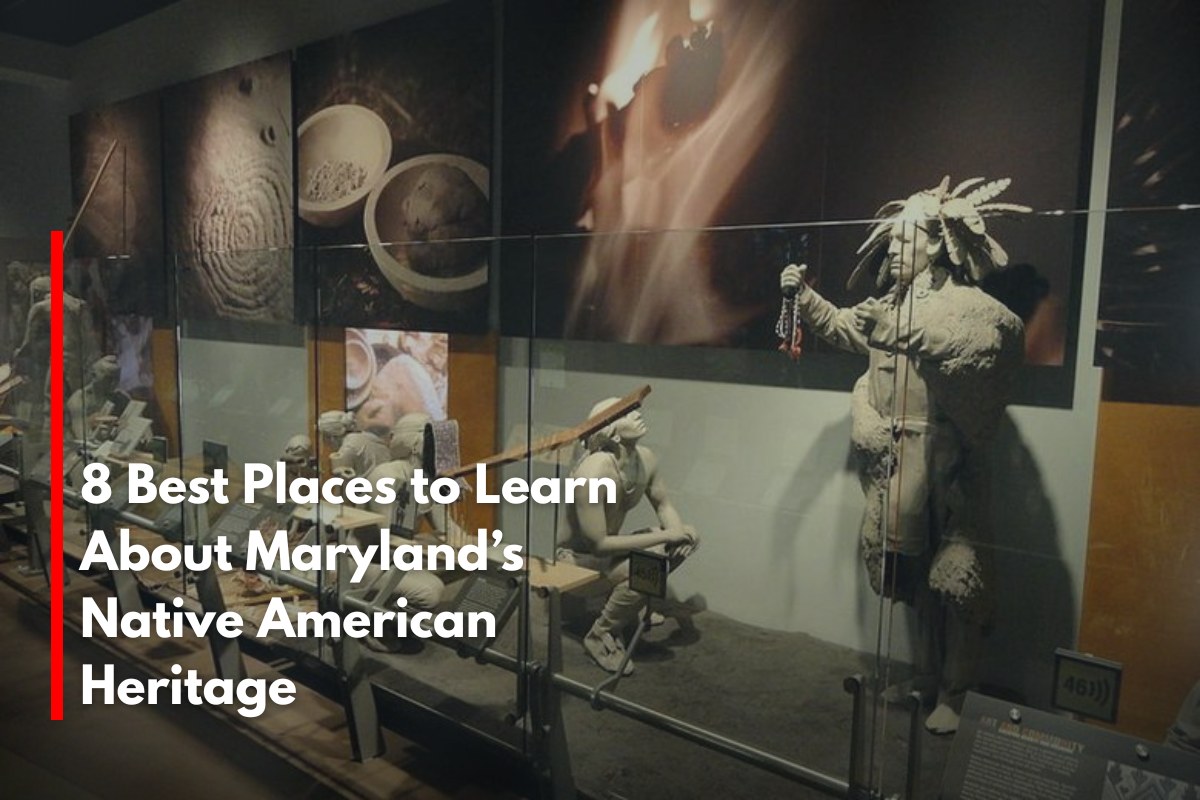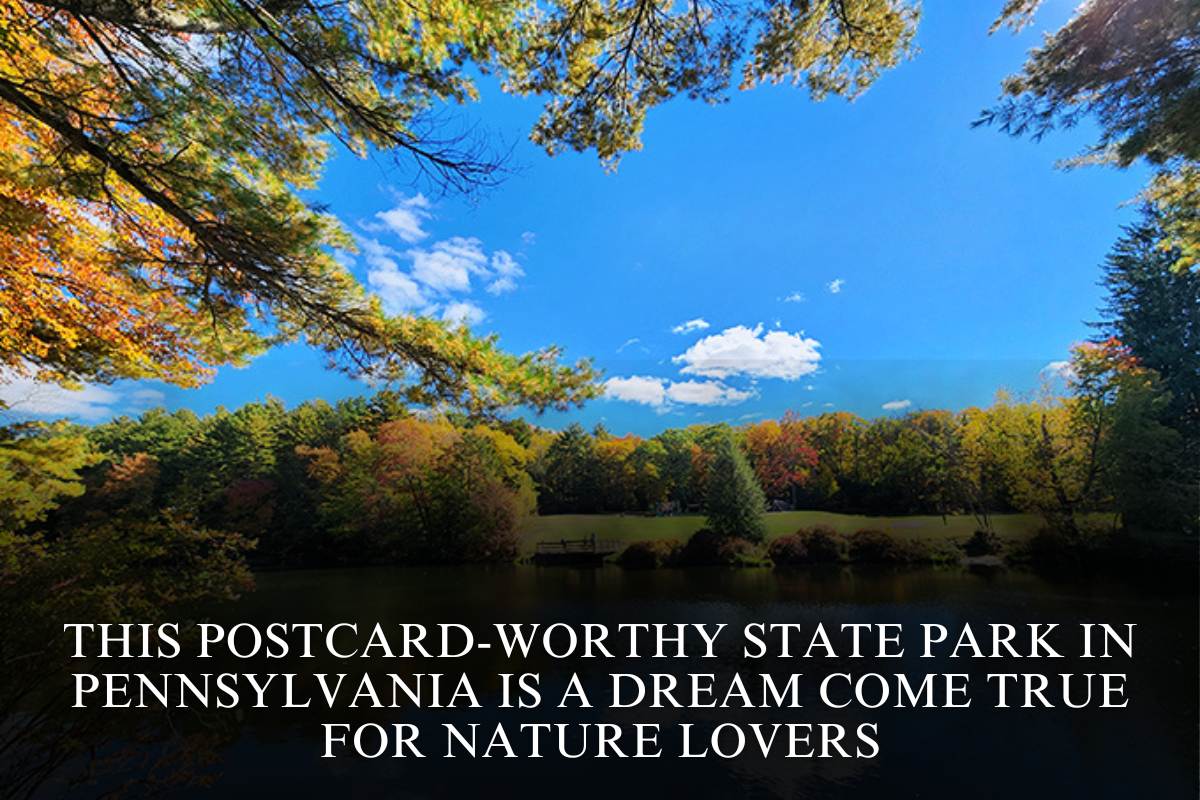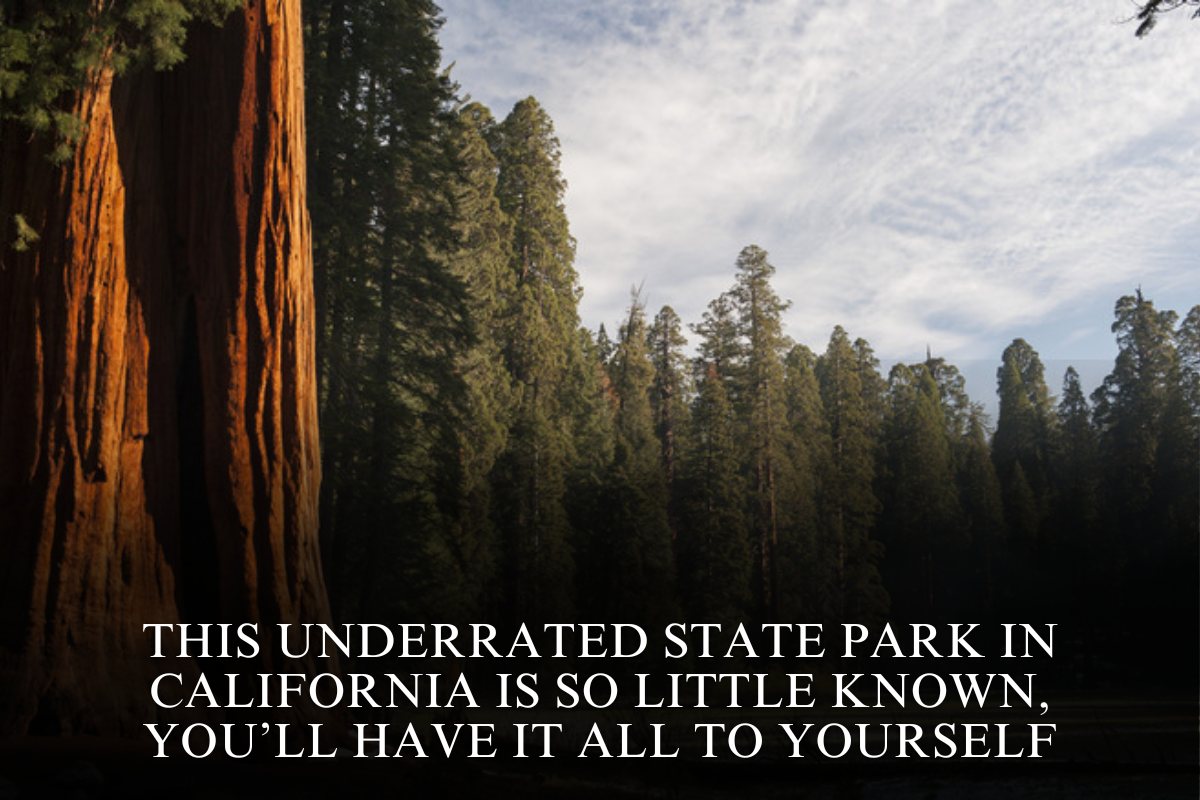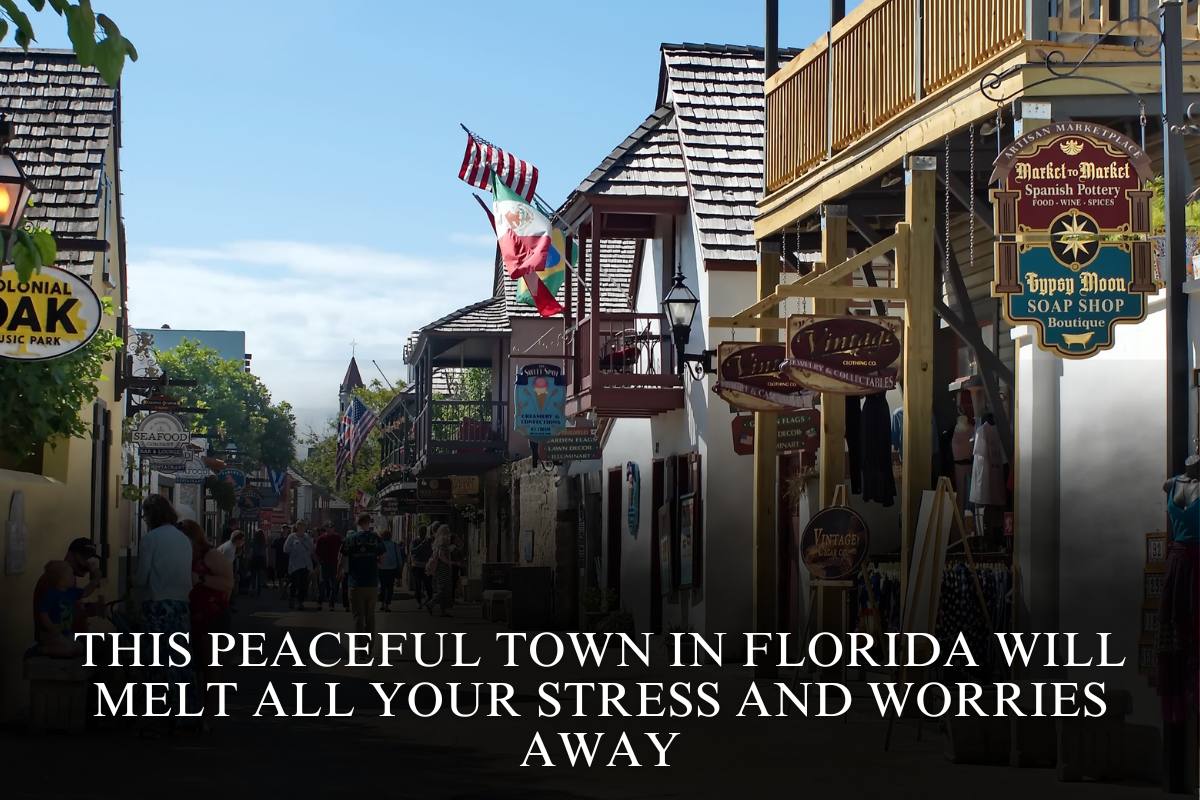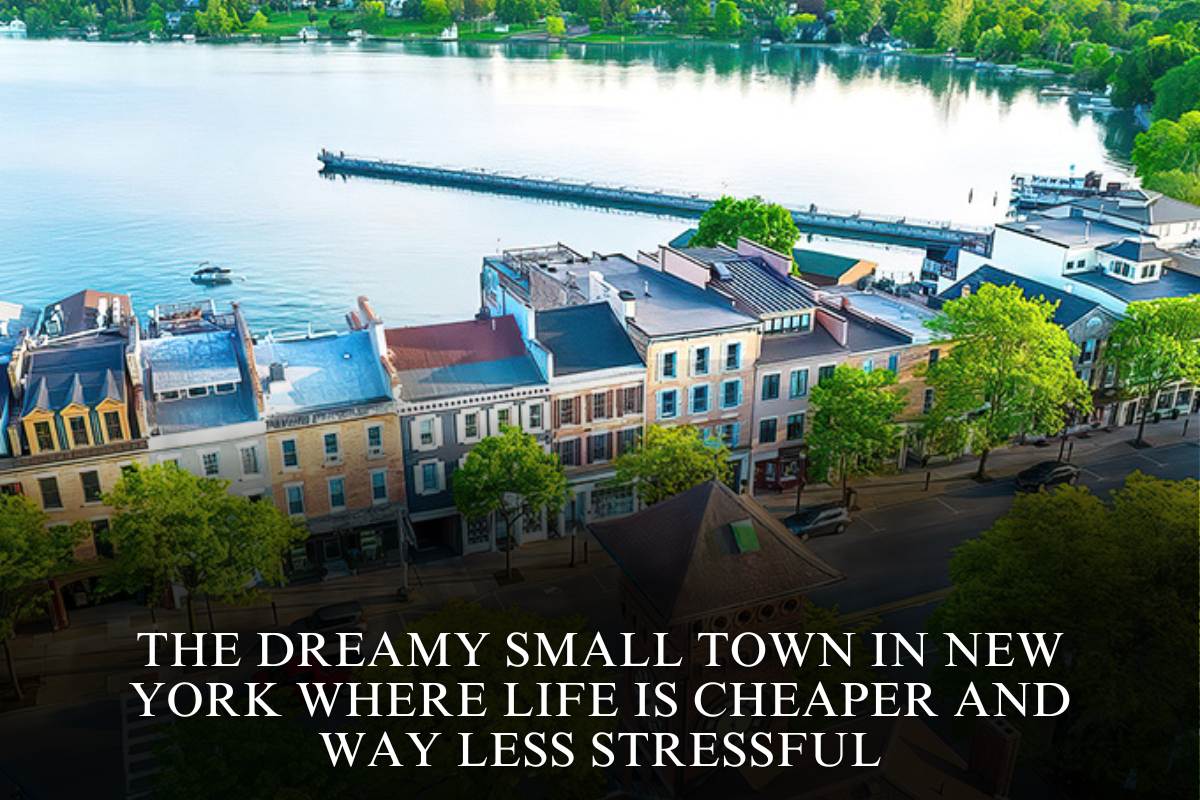Maryland is filled with sites where visitors can deeply engage with Native American heritage, immersing themselves in history, culture, and living traditions. Here are the eight best places to learn about Maryland’s Native American legacy:
1. Piscataway Indian Museum & Cultural Center (Waldorf)
Nestled in southern Maryland, this museum highlights the culture, history, and contemporary life of the Piscataway and other Native nations. Exhibits showcase artifacts from tribes across the continent, but special emphasis is placed on those indigenous to the Eastern Woodlands. Each gallery illustrates how local environments shaped communities, crafts, and homes.
2. Jefferson Patterson Park & Museum — Woodland Indian Village (St. Leonard)
This museum features an interactive Woodland Indian Village, giving insight into life over 400 years ago. Wigwams, tool and basket displays, and frequent educational programs let visitors step into the world of the Patuxent Indians. Monthly events immerse families in ancient skills, from pottery and fire-making to traditional hunting techniques.
3. Piscataway Park & Accokeek Creek Archaeological Site (Accokeek)
Located along the Potomac River, this park celebrates the ancestral homeland of the Piscataway people. Visitors can explore historic trails, archaeological sites, and rich riverfront habitats, learning about 6,000 years of settlement and ecological stewardship. The nearby Accokeek Creek site was a powerful Native hub documented as far back as Captain John Smith’s 1608 voyage.
4. Baltimore American Indian Center Heritage Museum (Baltimore)
Founded by Lumbee leaders and serving the city’s large Native community, this museum presents an eclectic range of artifacts, exhibits, and media exploring Indigenous Maryland tribes and North Carolina’s Lumbee. It’s a vibrant resource for learning about the continuing presence and achievements of Native Americans in Baltimore.
5. National Museum of the American Indian – Smithsonian Cultural Resources Center (Suitland)
While the main Smithsonian museum stands in Washington, D.C., the Suitland facility houses invaluable collections, research spaces, and the Vine Deloria Jr. Library. Designed in partnership with Indigenous architects, its structure incorporates Native symbolism and supports research, conservation, and community events focused on Native heritage.
6. Askiminokonson Indian Town (Worcester County)
This Eastern Shore site preserves the memory of Maryland’s largest historical Native town, inhabited by several communities including the Pocomoke and Annamessex. Markers and educational resources bring to life the 17th-century settlements that flourished before and after European contact.
7. Handsell Historic Site (Dorchester County)
The Handsell site honors the Nanticoke and Chicone peoples. Its historic house now rises from lands once part of a Native reservation. Interpretive programs and preserved lands convey centuries of indigenous stewardship and the endurance of these communities.
8. Irvine Nature Center Native American Site (Baltimore County)
This outdoor learning space, developed in collaboration with Indigenous experts and the Baltimore American Indian Center, invites visitors to walk the landscape, examine artifacts, and better understand Maryland’s first peoples through interpretive installations.
Each of these destinations offers a window into the vibrant past and present of Maryland’s Native American communities—through immersive exhibits, guided walks, hands-on programs, and preserved village sites, visitors can honor, experience, and learn about these foundational cultures.
Sources
[1] https://www.visitmaryland.org/listing/historic-national-road/piscataway-indian-museum-and-cultural-center
[2] https://www.towson.edu/news/articles/2024/what-to-know-native-tribes.html
[3] https://jefpat.maryland.gov/Pages/visit-park/indian-village.aspx
[4] https://www.chesapeakebay.net/news/blog/six-sites-throughout-the-watershed-that-honor-lands-once-occupied-by-indigenous-tribes
[5] https://www.indigenousmd.info/map/
